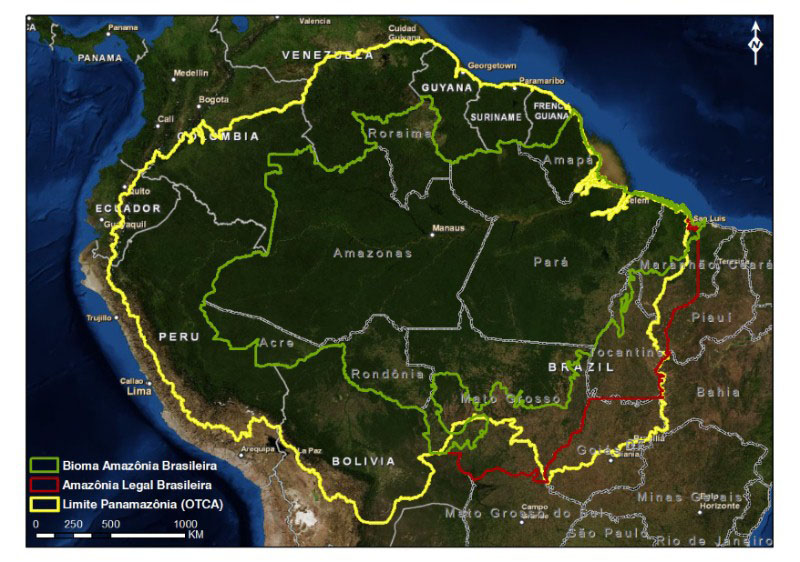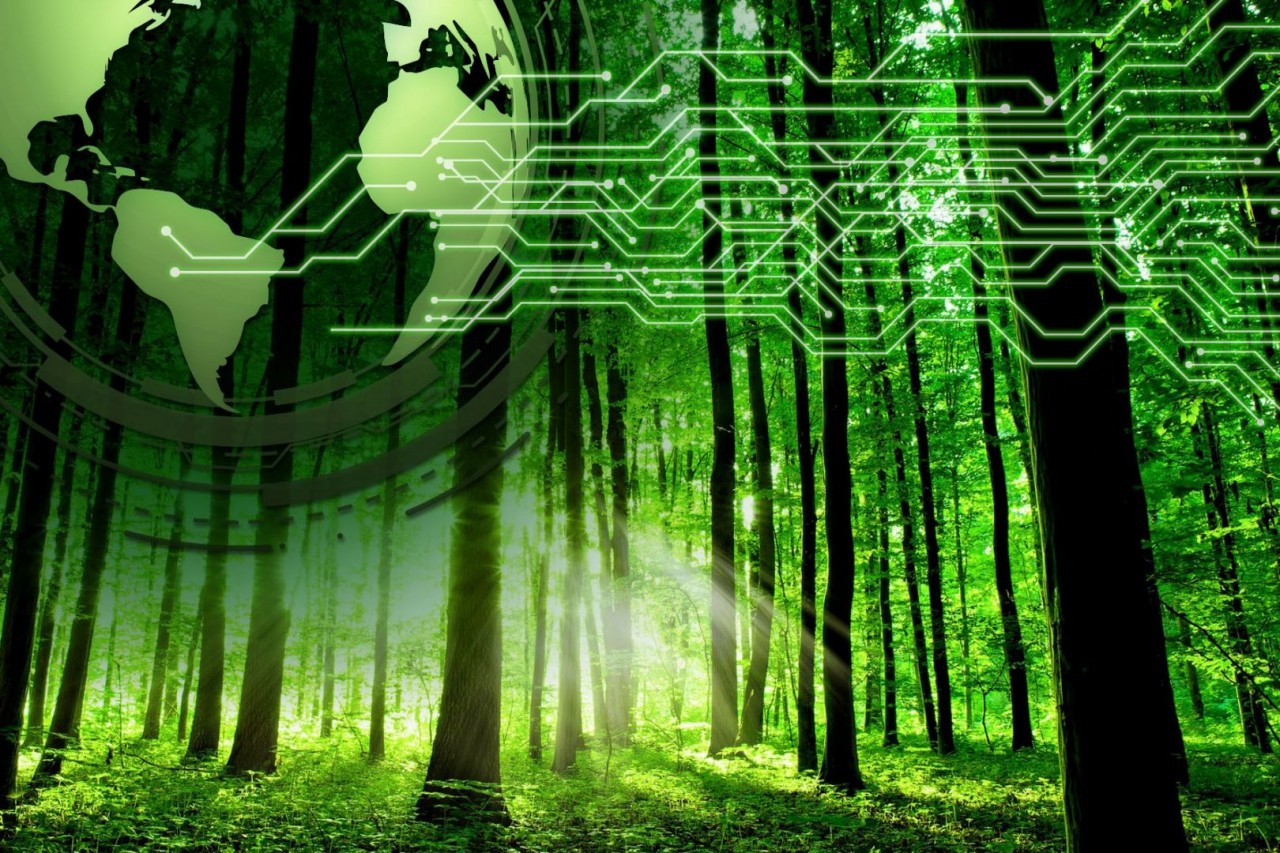RIO DE JANEIRO, BRAZIL – The Amazônia 4.0 project, led by climate scientist Carlos Nobre, which aims to install mini-factories in the heart of the forest to transform bio-raw material into higher value-added products, is slowly getting off the ground.
It’s Nobre’s project to create a bio-economy with market logic capable of sustaining the forest.
(Click “Subtitles” on the icon at the bottom of the video window for English subtitles)
The climatologist has become something of a national conscience when it comes to the risk of the Amazon reaching a point of no return and heading toward complete savannization if ongoing deforestation is not stopped in time. Amazonia 4.0, which has been in the works since 2017, is his “tangible” response to the problem.
“We are proposing a new model for the forest that is neither that of strict protection nor that of complete exemption from any activity such as cattle ranching, mining, and grain monocultures,” says biologist Ismael Nobre, Carlos’ brother and co-initiator of the initiative.
This observation gave rise to the idea of creating the Amazon Creative Laboratories (LCAs) for the main component chains produced in the region.
These are mobile mini-factories that will move between communities and, as the name suggests, will be used for training and experimentation. That is, they will be the starting point for the dissemination of the project.
The idea is that after training in the LCAs, each of the communities will organize itself to raise the necessary resources to install its own factory and structure its business from there.
After four years of research and work, the first LCA will be inaugurated between the end of July and the beginning of August for the cocoa and cupuaçu production chain.
The inauguration will take place in São José dos Campos, in Univap’s Technological Park, where the research was developed. The idea is to leave the mini-factory – with an architectural project developed by the Croatian-born Brazilian Marko Brajovic – on display and make final tests and adjustments before actually sending it to the Amazon.
In February 2022, the lab will finally begin circulating among the first four selected producer communities, all located in the state of Pará and with different profiles: one made up of rural working women, one of quilombolas, one of river dwellers, and another in a commodity reserve.
“The Amazon is the largest producer of cacao beans in Brazil, ahead of the state Bahia. But production is on a commodity basis, with the approximate value of 1 kilo of beans being about R$10, while the kilo of fine chocolate, made from fermented beans, costs R$200 to R$300. That’s a value-added of 2000% or more,” says Ismael.
INDUSTRY 4.0 IN THE AMAZON
When they thought of adding value to raw materials from Amazonia, the Nobre brothers knew the idea would involve industrialization, something complex in a region with unfavorable logistical conditions, access to resources, and inputs.
“Even if there are examples of attempts to add value, there are serious problems with product quality, which does not allow good and continuous markets,” says Ismael.
They then came up with the idea of incorporating modern so-called Industry 4.0 technologies, such as cloud computing, industrial automation, and artificial intelligence, to make the Amazon organic industry viable.
“We studied all the steps with chocolate experts in mechanical engineering, electronics, mechatronics and computer programming, and understood how to transform each step of a complex process into one facilitated by computer intelligence for the production chain,” Ismael explains.
In practice, small computers with special software and sensors were connected to each of the machines used in chocolate production to take care of the fine control of the process.
Living up to the adjective “creative,” the platform allows users to bring their own characteristics to the process by adding other biodiversity ingredients to the recipe, choosing the fermentation and roasting point, and even printing molds with their own design.
A concrete example of how revolutionary the concept is for the process lies in defining the roasting point of the seeds, which is crucial for the final taste of the chocolate. Today, the control is done in manual ovens. “It’s madness. It’s a chronometer, a clipboard, and a thermometer in your hand,” Ismael says.
Inside the LCA, the oven is equipped with temperature sensors and a computer, with a program that controls the electrical resistors, allowing a roasting curve to be drawn where the temperature varies over time.
“And all you have to do is press a button to repeat the curve that is in memory each time. That alone solves the main pain in a chocolate factory I visited.”
The entire process is tracked end-to-end, and the data is stored in a database using blockchain technology that could become publicly accessible via a barcode. “This factor will be important for the viability of these products in the international market, which is becoming increasingly demanding in terms of product provenance and supply chains.”
MARKET LOGIC
While so much cutting-edge technology onboard might suggest that the cost of acquiring the equipment is too high for communities, Ismael says it is not.
It took R$5 million in philanthropic capital to make the cacao and cupuaçu LCAs a reality. Much of that came from IDB Lab, the innovation arm of the Inter-American Development Bank.
And some of the most active institutes in developing economic alternatives for Amazonia also contributed: Arapyaú, by Natura founder Guilherme Leal, Instituto Humanize, and Instituto Clima e Sociedade (ICS), and the Good Energies Foundation (GEF).
More philanthropic capital is needed to build the other creative labs. Already in the pipeline are Brazil nut, açaí, and gourmet oil chains (Pataúa, Buriti, Tucumã, and Chestnut).
According to the Nobre brothers, the success of the venture will be measured by the degree of self-sufficiency and the incorporation of the communities into a capitalist logic.
Since structuring the enterprise is an equally complex phase, in order to pave the way for the first communities, a partnership was signed with Conexus, an institute that focuses on organizing enterprises of local producers and agricultural and forestry cooperatives so that they are economically viable.
“We will succeed if they can do without NGOs and philanthropic capital. Our model changes the pattern of traditional examples where an institution takes responsibility for an area and everything happens there, with resources, technology, technical support, but it can’t replicate for all areas in the Amazon because there is no money in the world that will give that much non-repayable support.”



